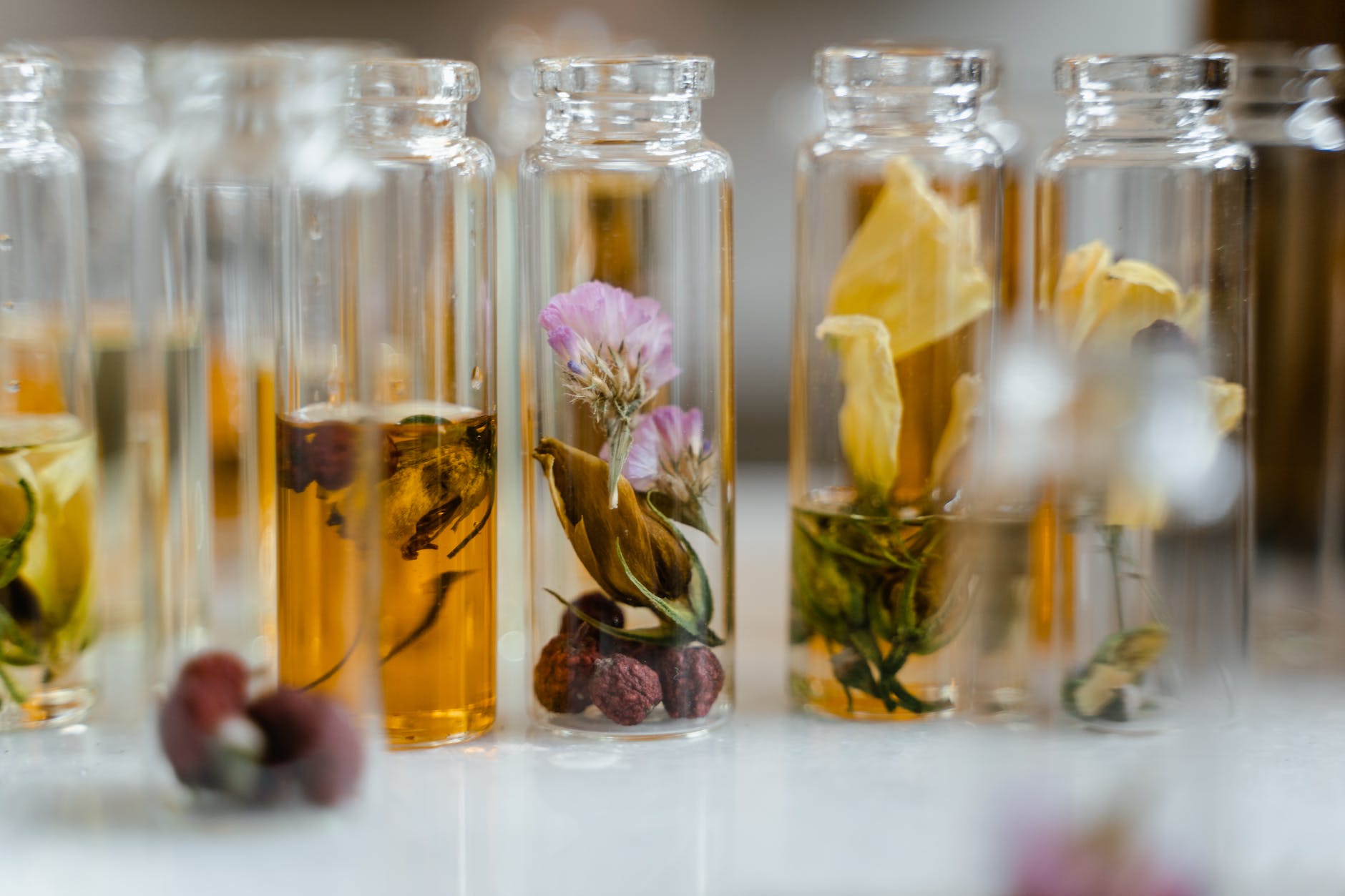
Glass Bottles
Glass bottles have been used for centuries to store various liquids, from beverages to perfumes. The process of making glass bottles is a fascinating combination of art and science. In this step-by-step guide, we will explore the intricate process of how glass bottles are manufactured, from raw materials to the finished product.
1. Gathering Raw Materials
The first step in making glass bottle is gathering the raw materials. The primary ingredients are sand (silica), soda ash (sodium carbonate), and limestone (calcium carbonate). These materials are carefully measured and mixed in precise proportions to form what is known as “batch.”
2. Melting the Batch
The batch is then transferred into a furnace, where it is melted at extremely high temperatures, usually around 1700°C (3092°F). The intense heat causes the raw materials to fuse together into a molten glass mixture.
3. Forming the Bottles
Once the glass has melted, it is ready for the forming process. There are two primary methods for forming glass bottles:
4. Blow and Blow Process
In the blow and blow process, the molten glass is gathered on the end of a blowpipe. The glassworker then blows air into the pipe, creating a bubble in the center of the molten glass. The glassworker continues to blow and shape the bubble until it takes the form of a bottle.
5. Press and Blow Process
In the press and blow process, the molten glass is fed into a mold by a machine. The mold contains a plunger, which shapes the glass into a preform or parison. The parison is then transferred to another mold, where compressed air is blown into it, expanding the glass to take the shape of the final bottle.
6. Annealing
After the bottles are formed, they are still hot and highly susceptible to breaking due to temperature changes. To prevent this, the bottles are annealed in a lehr, which is a temperature-controlled kiln. The bottles are slowly cooled down to room temperature, relieving internal stresses and making the glass more durable.
7. Inspection
Once the bottles have been annealed, they undergo a thorough inspection. Any bottles with defects, such as cracks or uneven surfaces, are removed from the production line.
8. Surface Treatment
Depending on the intended use of the bottles, they may undergo various surface treatments. For example, bottles used for beverages may be sent to a decorating department to apply labels or designs. Other bottles, like those for perfumes, may be sprayed with a coating to give them a glossy finish.
9. Quality Control
Quality control is a critical part of the glass bottle manufacturing process. Random samples are taken from each production batch and subjected to rigorous tests to ensure they meet the required standards. This includes checking for dimensions, strength, and resistance to chemical interactions.
10. Packaging and Distribution
Once the bottles have passed all quality checks, they are ready for packaging. They are carefully boxed and packed for safe transportation to their intended destinations, where they will be filled with their respective contents and made available to consumers.
Final Words
In conclusion, the process of making glass bottles involves precision, skill, and careful attention to detail. From gathering raw materials to forming, annealing, inspecting, and finally packaging, each step contributes to creating a high-quality and functional glass bottle. Whether used for beverages, perfumes, or other liquids, glass bottles remain an essential and timeless container for everyday use.






